Thessaloniki gets ready for its metro launch in November
The underground rapid transit lines have been under construction for almost two decades due to various project delays
 TheMayor.EU logo
TheMayor.EU logo 
An easy guide for communicating smart city solutions to citizens
Although smart solutions have already been implemented in many cities, it seems that not many people notice their existence. One might argue that this is the whole point – improving life in an unobtrusive (subtle) way.
But since future developments often rely on public approval before they are executed, itis important to know and communicate the benefits of smart solutions to citizens. Especially if success is dependent on the mass adoption of a certain technology!
A smart city is one that deploys a network of IoT sensors and apps which communicate via a high-speed connection. In order for the gathered information and the system’s response to be reliable, there needs to be a critical mass of users, such as citizens, enterprises, city administration.
If too few people use a specific smart solution, it simply cannot be efficient. So, the first aspect of improving the lives of citizens and building their trust is to improve communication.
The introduction of digital citizenship platforms facilitates communication between city officials and citizens, thus making it easier for people to feel as a part of the urban community. Getting updates, voting on important causes, alerting city management teams on specific issues – these are only some of the ways a digital citizenship platform and app could potentially increase civic involvement in urban life.
There are many solutions finding place on the smart agenda – from public transit to air monitoring. Once they have been implemented, they can be regarded as part of a single ecosystem. Let’s see how they come together to make a positive impact on urban living.
Smart surveillance systems, smart lighting poles and real-time emergency alerts help make people feel safer. In addition to this, intelligent traffic systems can shorten the time it takes for first responders to arrive at an emergency scene (by creating a green light passage), thus helping save lives. Based on previously accumulated data, city management can allocate available resources more efficiently (this goes especially for police forces).
Smart public transportation, traffic management and parking solutions can cut greenhouse emissions in a matter of months, partially solving the smog issues that most big cities are facing nowadays. In a city where people prefer public transportation due to its efficiency, problems related to traffic jams and scarce parking spots can be reduced significantly. This will, in turn, diminish the negative impact on health – not only with the reduction of air pollution levels but also by lowering the stress levels associated with daily commuting.
The most elusive, yet one of the most important aspects of smart cities, is their ability to optimise resources. Time is also a resource, and a pretty expensive one if you ask urban dwellers. Implementing smart mobility can reduce the time it takes people to get from A to B, thus giving them more time to do what they love.
Big cities can be notorious for their inefficient spending of money and resources. A big portion of the problem stems from the inadequate monitoring system – decisions are taken based on scarce or inaccurate information.
With the implementation of smart sensors and the mass usage of connected apps, decisions can be based on real-time data. This can help improve public spending and help city officials feel more accountable for their decisions.
It will not be an exaggeration to say that every smart city solution stems from or leads to a more sustainable way of living. With an ever-growing world population, the challenge of creating communities that hold sustainability close to heart is a job for city authorities. Creating a network of sustainable solutions across the city and facilitating the proactive approach of citizens has an impact on the whole ecosystem.
By optimising the entire system, city management can effectively reduce the prices of services, thus lowering the overall cost of living in the long run.
All the above aspects combined improve the overall quality of urban life. Some residents may encounter all of the improvements while others may see only a small portion of them. It depends on their way of life and the areas of city they are most involved in.
That is why itis important to not only communicate the benefits before the implementation of a smart solution but also its results afterwards.
Maybe there are people who do not use public transport because they think it is slow and crowded. Maybe there are people who pay a lot fort a parking spot not knowing there are cheaper options provided by the municipality. And you guessed it – a digital citizenship platform would be the best way to fill these knowledge gaps, closing the loop of urban smart development in the process.
Curious how your city can begin its journey towards smart solutions? Contact us so we can discuss it!
Telelink City can partner with global and local institutions to efficiently integrate this innovation in your city.
Contact us:
Website: telelink-city.com
E-mail: telelink-city@telelink.com
This article was originally published on: https://telelink-city.com/smart-solutions-simpler-life/
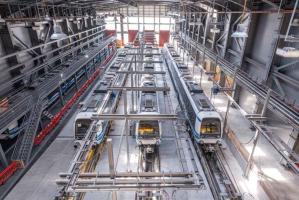
The underground rapid transit lines have been under construction for almost two decades due to various project delays

Now you can get your wine in Talence by paying directly in Bitcoin

That’s because the state has to spend money on updating the railway infrastructure rather than subsidizing the cost of the popular pass

Rethinking renewable energy sources for the urban landscape
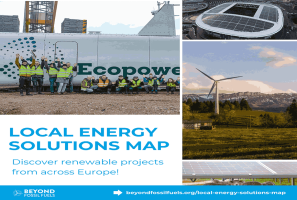
The examples, compiled by Beyond Fossil Fuels, can inform and inspire communities and entrepreneurs that still feel trepidation at the prospect of energy transition

Now you can get your wine in Talence by paying directly in Bitcoin

The 10th European Conference on Sustainable Cities and Towns (ESCT) sets the stage for stronger cooperation between the EU, national and local level to fast track Europe's transition to climate neutrality.

At least, that’s the promise made by the mayor of Paris, Anne Hidalgo

The underground rapid transit lines have been under construction for almost two decades due to various project delays

At least, that’s the promise made by the mayor of Paris, Anne Hidalgo

Hostal de Pinós is located in the geographical centre of the autonomous region
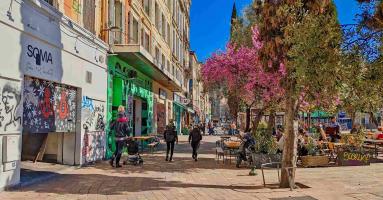
Despite its church-y name, the district has long been known as the hangout spot for the artsy crowds
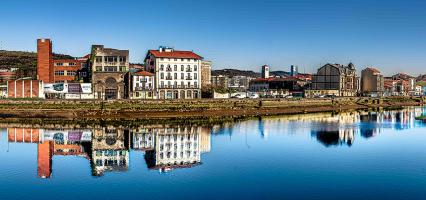
Urban dwellers across the EU are having a say in making their surroundings friendlier to people and the environment.
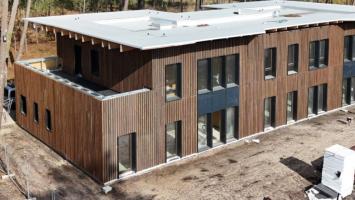
Forests in the EU can help green the European construction industry and bolster a continent-wide push for architectural improvements.

Apply by 10 November and do your part for the transformation of European public spaces

An interview with the Mayor of a Polish city that seeks to reinvent itself

An interview with the newly elected ICLEI President and Mayor of Malmö

A conversation with the Mayor of Lisbon about the spirit and dimensions of innovation present in the Portuguese capital














